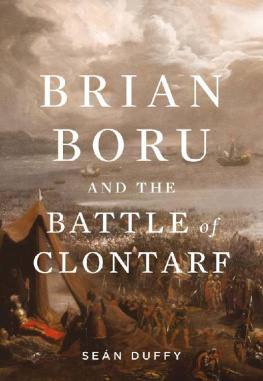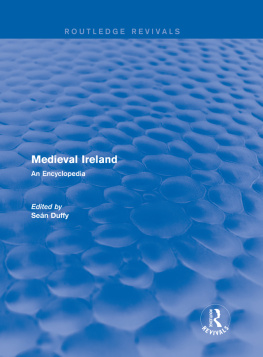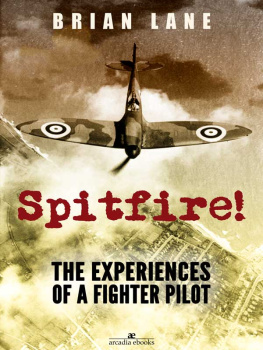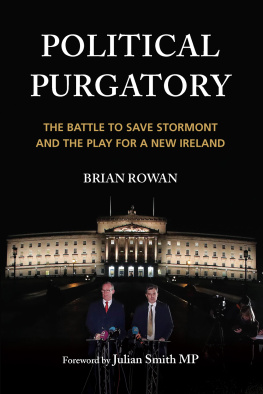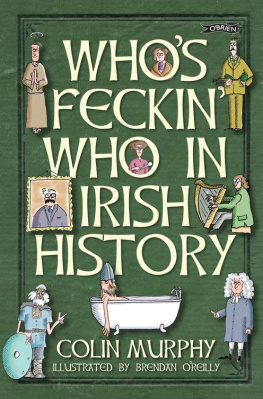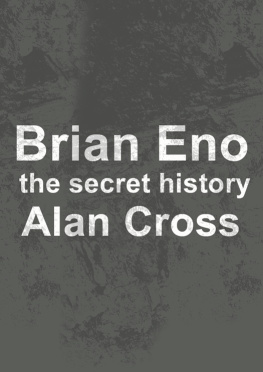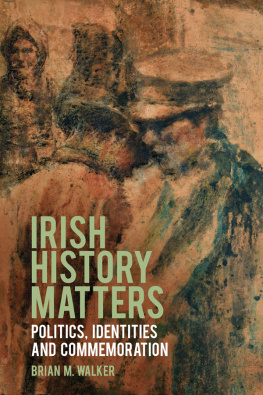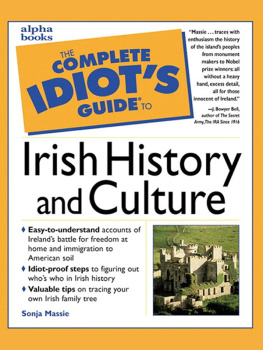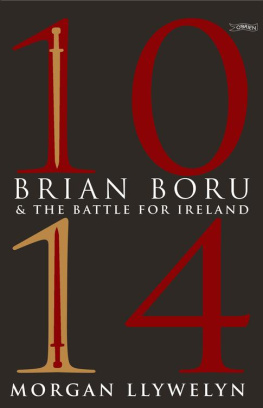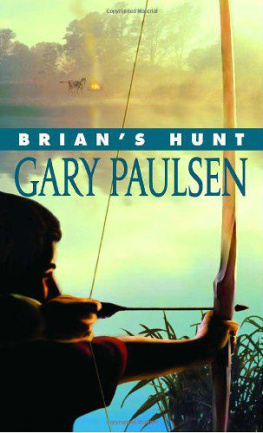
| BRIAN BORU AND
THE BATTLE OF
CLONTARF |
SEN DUFFY
Gill & Macmillan
For Linzi and Sadhbh
CONTENTS
PREFACE
One of the landmark works of scholarship in the field of Celtic Studies in Ireland in the nineteenth century was the publication of the near-contemporary romantic biography of Brian Boru known as Cogadh Gedhel re Gallaibh (The War of the Irish with the Vikings). In the introduction, its editor, the remarkable Trinity College scholar James Henthorn Todd, made a plea for the publication of critical editions of the mediaeval Irish annals, stating:
Until these and other original sources of history are made accessible, it is vain to expect any sober or trustworthy history of Ireland; the old romantic notions of a golden age, so attractive to some minds, must continue to prevail; and there will still be firm believers in the glories of Brian the brave, the lady who walked through Ireland unmolested in her gold and jewels, and the chivalrous feats of Finn Mac Cumhaill and his Fenians.
Happily, in the century and a half since, great strides have been made in editing and making available the annals and a large volume of other documentary source material for mediaeval Ireland; and, indeed, thanks to the ground-breaking CELT project of University College, Cork (Corpus of Electronic Texts, available at www.ucc.ie/celt/), anyone anywhere in the world who has a computer and an internet connection can gain access to a vast digital archive of this material, free of charge and almost instantaneously, in the comfort of their own home.
The publication of these primary sources has led to an explosion of secondary scholarshipbooks and articles written by professional historians and Celtic scholarson the subject of mediaeval Ireland, grounded in the professional interrogation of these same source documents. And Todds hopes for a sober or trustworthy history of Ireland, freed of old romantic notions, have largely been realised.
But his misgivings about what he sarcastically called the glories of Brian the brave stemmed from a belief that the popular image of Brian Boru was at variance with the reality. This is Brian the all-conquering, Viking-vanquishing champion who died in his hour of victory at the Battle of Clontarf, a victory seen as possibly the most glorious achievement by any Irishman through the ages. This is Brian the hero-figure who led his people to victory over their would-be Norse conquerors and secured their freedom from foreign oppressionas one respected author unequivocally put it, the leader of the Irish Resistance Movement.
Brian Borus pre-eminence in Irelands royal pantheon is starkly obvious from the fact that of the fifty or so high-kings who reigned from the dawn of Irish history until the institution went into abeyance in the aftermath of the English invasion of the late twelfth century he is, sad to say, the only one who has wide name-recognition to this day. The Battle of Clontarf is similarly one of the few Irish battlesand the only mediaeval onefixed in the public imagination and its date, 1014, one of the very few mediaeval dates that resonate for Irish people in a way that Hastings and 1066 do for our neighbours. Todd was writing a full half century before the 1916 Rising, but the Irish of his day viewed 1014 much as a later generation would view 1916: if the bloody execution of the leaders of the Easter Rising represented lives sacrificed in the cause of Ireland, so the Battle of Clontarf, taking place on Good Friday, had associations with Christian martyrdom in the form of King Brians death in his hour of victory over the heathen Norse.
Todd hoped for a more dispassionate assessment, which would scrape away later folklorish residues and get to the real Brian. But progress since has been patchy, because, while historians continue to refine our understanding of the subject, theirs is a constant battle with the force of the dictum that when the legend becomes fact one prints the legend. And in the Google age, in the age of on-line wargame videos, of battle re-enactment mania, of the television and Hollywood historical drama, and in the age of the instant self-publishing novel, the legend of Brian has never been more alive.
The antidote to legend and folklore about Brian lies in Mire N Mhaonaighs admirable recent biography, Brian Boru: Irelands Greatest King? (2007), as there is no greater authority on contemporary Gaelic literature. As to Clontarfthe millennium of which is now upon usin twenty years of teaching mediaeval Irish history in an Irish university the one question the writer has been asked more often than any other is the innocuous-sounding So what really happened at the Battle of Clontarf? What follows is a long-winded attempt at an answer.
It is a straightforward political narrative. It situates Brian in the politics of Viking Age Ireland. It tells the story of the rise from relative obscurity of his North Munster dynasty of Dl Cais, of his own rapid ascent to national dominance and of the political transformation he wrought. It charts the inter-provincial struggle for supremacy that fed into his final great battle on Good Friday, 1014, in which he lost his life. And it examines the international contextthe Second Viking Agein which Clontarf was fought, when England was being conquered by the Danes under the family of King Knut, and the Norse of Dublin made their fatal gamble on breaking free from Brians overlordship. It examines the evidence to see what was at stake in 1014 and how it can be that Brian was victorious at Clontarf yet lost his own life.

As this book goes to press within weeks of the millennial anniversary of the Battle of Clontarf, it is a pleasure to acknowledge the contribution of Dublin City Council to its production. The City Heritage Officer, Charles Duggan, has encouraged the project from its inception and obtained funding to enable me to secure additional leave in which to complete it. I am indebted to the City Archaeologist, Ruth Johnson, to Paul Clegg and Margaret Geraghty of Dublin City Councils Culture, Recreation and Amenity Department, and to Elaine Mulvenny of the North-Central Area Office, who have also generously contributed funding. The then head of the Department of History at Trinity College Dublin, David Ditchburn, kindly facilitated teaching leave as the deadline loomed. Eoin OFlynn and Denis Casey read a large chunk of the manuscript, spotting blunders and recommending changes. Fergal Tobin of Gill & Macmillan was all carrot and no stick on this outing, which seems to have done the trick. Field-trips to Brians home place were memorable and enjoyable in the company of Linzi Simpson and Sadhbh Duffy (who will be disappointed to find only passing references to her inspiration, Sadb inon Bhriain, of whom she has heard much and expected more). Both women put up with my crankiness for months on end: I dedicate the book to them and promise to make amends.
INTRODUCTION
VIKING AGE IRELAND
Brian Braime (anglicised Brian Boru) was born in the second quarter of the tenth century into a kinship dynasty of which not a great deal had hitherto been heard and from which only the most far-seeing can have expected much. Brians people, who lived in the south-east corner of what is now Co. Clare, were the U Thairdelbaig, who were a branch of the Dis Tuaiscirt, better known as Dl Cais, who were a branch of the Dis Bec, who were a branch of the Disi of Munster. Disi means vassals: thus Brians people were a branch of a branch of a branch of a branch of people who were in any event only vassals of the kings of Munster.

